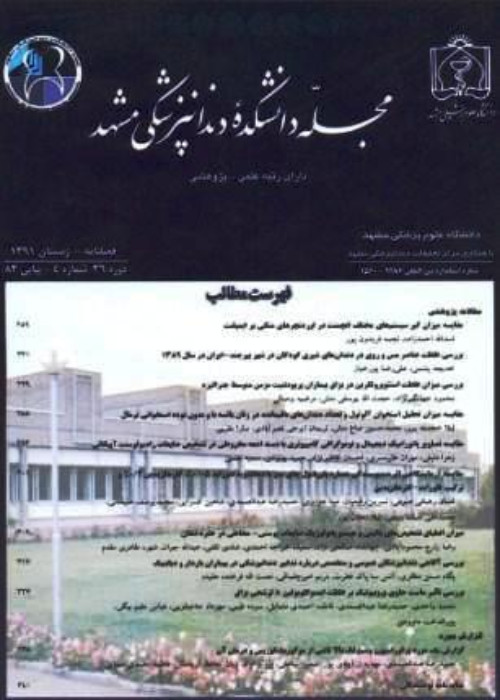Comparison of Microleakage in Composite Cl II Restorations by Open Sandwich and Snowplow Technique
Considering the importance of microleakage in posterior composite restorations for recurrent caries and pulpitis in formerly repaired teeth, this study aimed to evaluate and compare the microleakage rate of class II composite restorations in two methods Open sandwich and Snowplow.
In this study, a total of 64 premolar teeth with a class II cavity whose margins were extended 1 mm below dentin and cement joint were prepared and divided into two groups. In the first group, a layer of 1 mm thick resin-modified glass ionomer (RMGI Fuji II LC) was placed on the gingival floor and cured. The cavity was then etched with phosphoric acid gel, washed, and a bonding agent was applied. Then resin composite (Z250 3M ESPE) was incrementally applied in the cavities. In the second group, the cavity preparation was performed in the same way as that in group A. Afterward, 1 mm thick flowable composite (Filtek Z350 3M) was placed on the gingival floor, without curing. A layer of 1 mm thick resin composite was then added and packed. Both layers were then cured at once. The prepared teeth underwent 3000 times thermocycling and were placed in methylene blue for 72 h for evaluation of microleakage rate. The teeth were then cut mesiodistally. The samples of both groups were examined under a stereomicroscope, and the mean microleakage in both groups was compared using the Mann-Whitney test.
In the first group, based on the degree of dye penetration, the average amount of microleakage was observed in 10.66% of the samples. In the second group, the average amount of microleakage was 5.25%, using the Snowplow technique. Moreover, in the Open sandwich technique, dye penetration level in 34.4%, 12.5%, 34.4%, and 18.8% of samples was zero, one, two, and three, respectively. Moreover, in the Snowplow group, dye penetration level in 46.9%, 25%, 25%, and 3.1% of samples was zero, one, two, and three, respectively. The level of significance was set at 0.05.
Based on the obtained results, Snowplow and Open sandwich techniques are not effective for complete elimination of the microleakage of posterior composite restorations. The rate of microleakage in tooth restoration interface in class II restorations using the Snow-plow technique was more compared to the Open sandwich technique.
- حق عضویت دریافتی صرف حمایت از نشریات عضو و نگهداری، تکمیل و توسعه مگیران میشود.
- پرداخت حق اشتراک و دانلود مقالات اجازه بازنشر آن در سایر رسانههای چاپی و دیجیتال را به کاربر نمیدهد.



